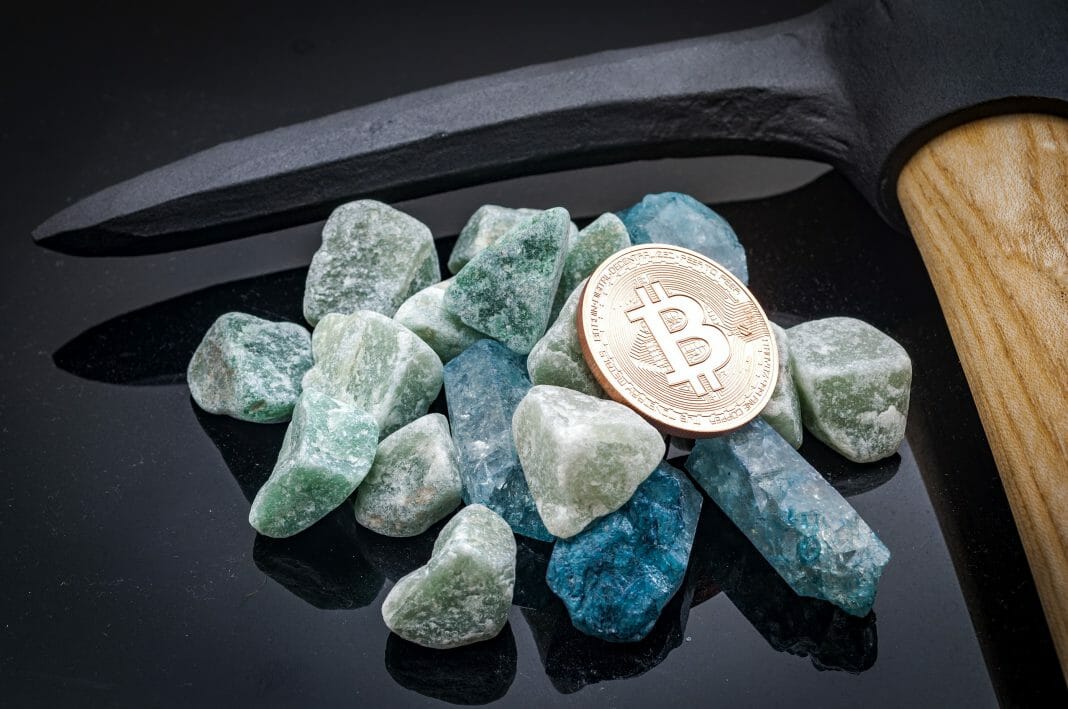Colin Harper explained that Bitcoin is trading below the realized price and has sometimes dropped below miner production cost. He said that profitability is at rock bottom, so miners with too much debt or high operating costs are getting a jolt.
While many cryptocurrency companies go bankrupt, Bitcoin mining farms seem to be sinking increasingly fast. In mid-June, Compass Mining CEO Whit Gibbs and CFO Jodie Fisher abruptly resigned after facing accusations. The company reportedly failed to pay hundreds of thousands of US dollars in overdue electricity bills to facility provider Dynamics Mining.
According to Bloomberg, many industrial-sized Bitcoin miners have taken on significant debt by leveraging their equipment and BTC as collateral for loans. They have done this to acquire additional mining devices or expand the scope of their operations.
Data from Arcane Research indicates that miners owe around USD 4 billion in loans as Bitcoin is close to its 2017 all-time high. The tendency of miners to liquidate their BTC holdings at trading lows to cover capital and operating costs might increase.
Over the last month, Marathon Digital, Riot Blockchain, Core Scientific, and Bitfarms have sold between 1,000 and 3,000 BTC each to cover their debt.
Those problems also impact ASIC devices and their prices at leading mining hardware merchants. Popular top and mid-tier ASIC miners are trading at up to 70% below their all-time highs between USD 10,000 and USD 18,000.
Miners Sell More Bitcoin Than They Have Mined
According to Arcane Research, publicly-traded industrial miners now sell more Bitcoin than they mined in May. Therefore, some may reduce their footprint and downsize or close the business if they cannot cover their capital and operating debt.
Colin Harper, head of research at Luxor Technologies, explained how industrial miners see the current situation. He said that Bitcoin is trading below the realized price and has sometimes dropped below miner production cost.
The price has struggled to stay above the 2017 all-time high while the hash rate has fallen. Some analysts point to these too low metrics as a generational opportunity for buying.
Harper said he did not like telling people when to buy and noted he had never expected to see BTC at USD 17,000 again. He considers anything around or below USD 20,000 a good deal and is also preparing for lower prices.
As Miners Sell Their Holdings, Prices Could Fall
Some miners liquidate their stack, leveraged miners could go bankrupt, sub-optimal miners shut down their rigs, and ASICs are bargaining chips in a fire sale. The share price and cash flow of publicly-traded miners look terrible right now.
Harper explained that profitability is at rock bottom, so miners with too much debt or high operating costs are getting a jolt. He highlighted that the hash rate would grow more slowly than expected due to the crisis.
He also said that the prices of ASIC equipment would continue to drop, and many new miners would have to leave. However, miners with costs equal to or below USD 0.05/kWh are still mining with large profit margins.
In 2021, profitability reached multi-year highs, while interest rates remained low, and miners took on debt to finance hash rate expansions. Profitability has dropped to record lows, interest rates have risen, energy prices soar, and indicators point to a global recession.
By Alexander Salazar









